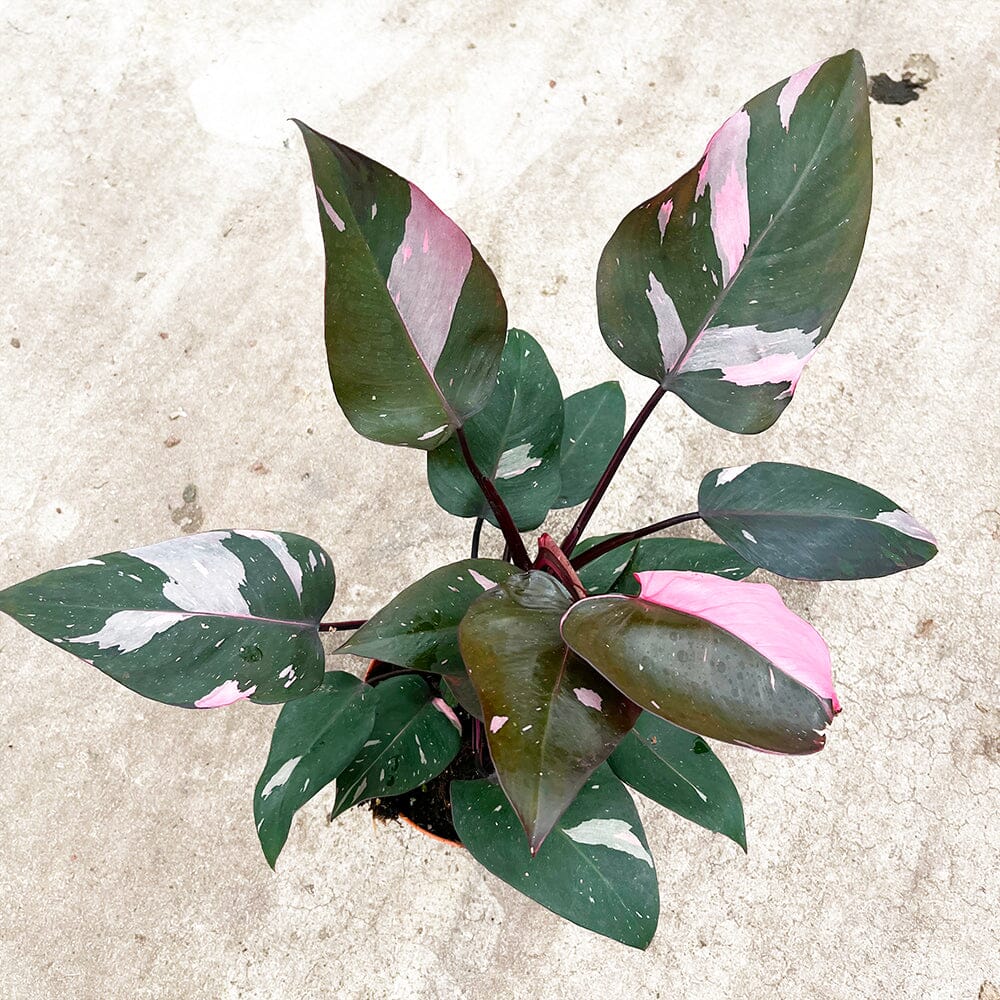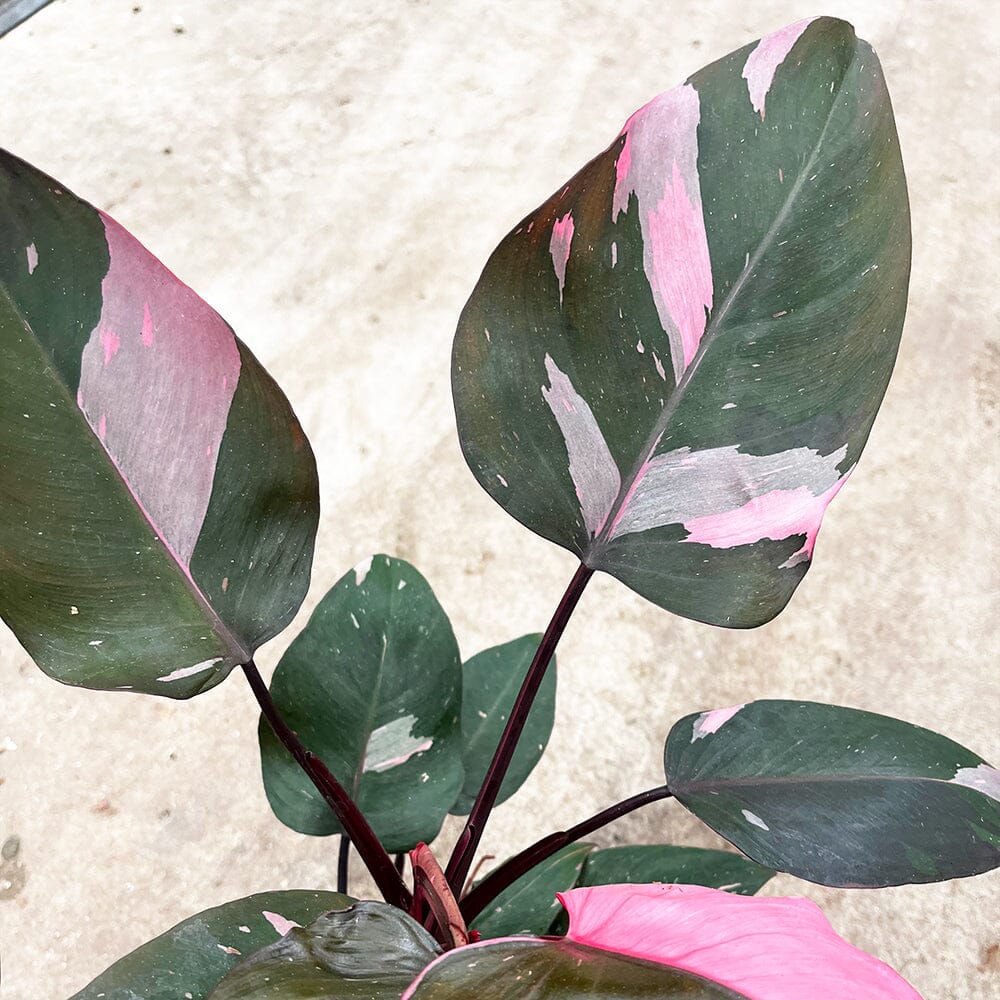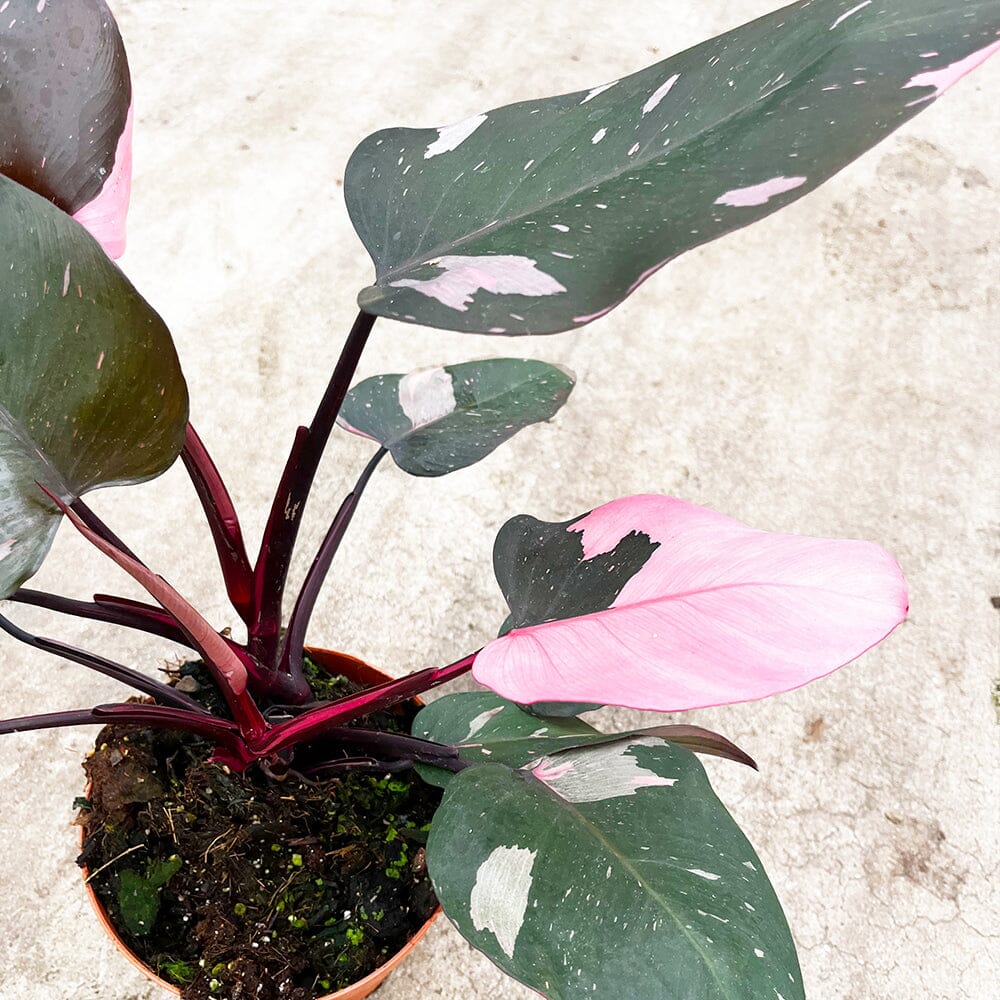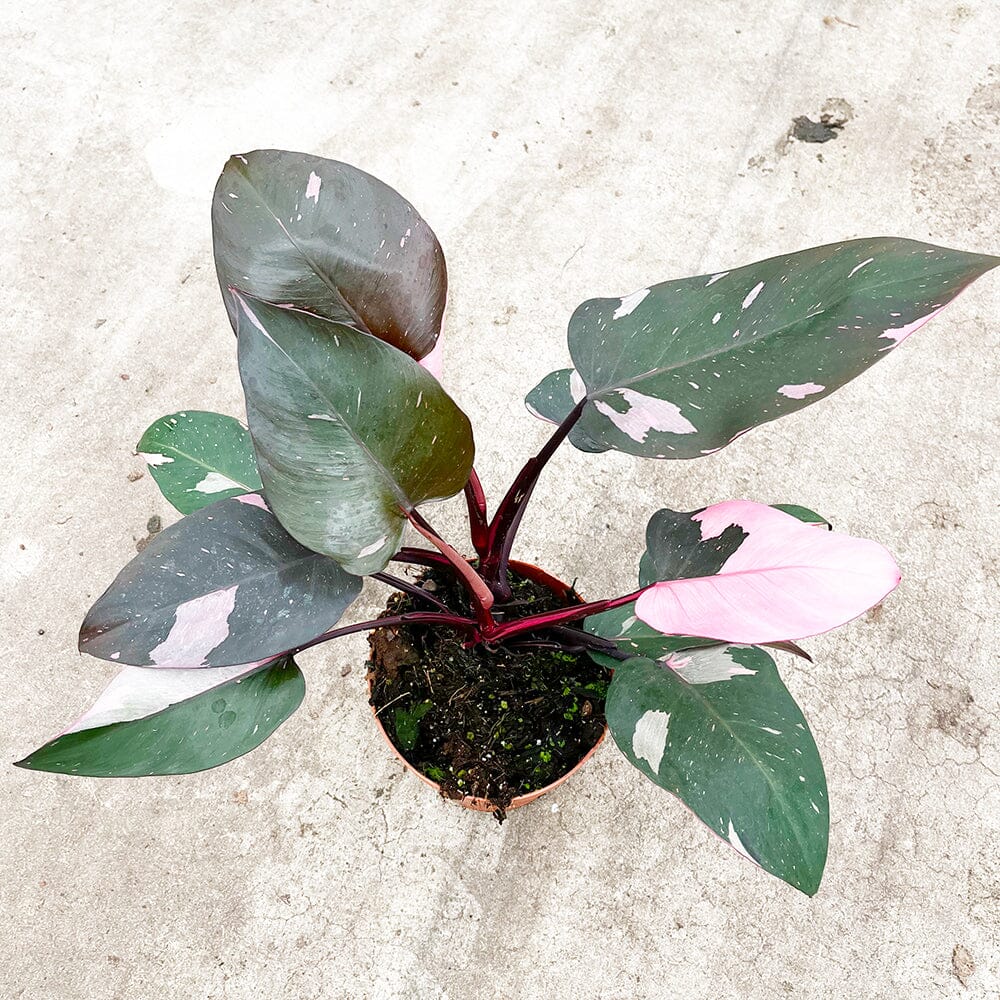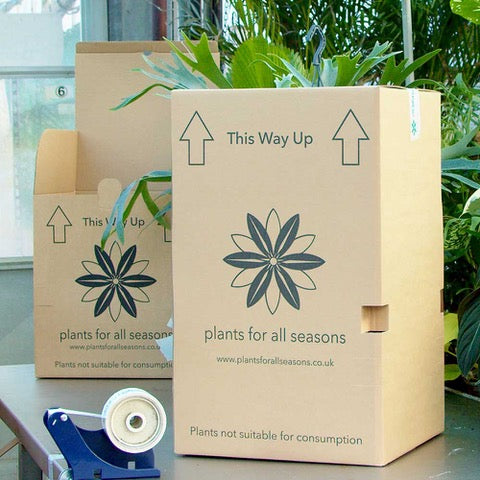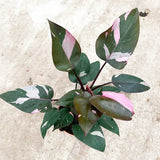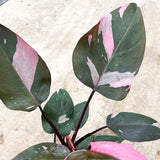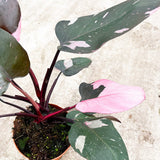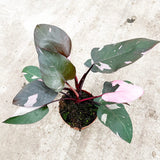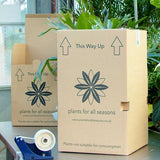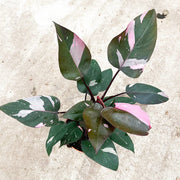25 - 45cm Highly Variegated Philodendron Pink Princess 17cm Pot House Plant
Philodendron 'Pink Princess' is a beautiful and popular houseplant, highly sought after for its unique, variegated foliage. This plant is a man-made hybrid, created from two different philodendrons. The leaves are dark green to almost black and glossy, with patches of bright pink, giving it its "princess" name.
Here's a general care guide for Philodendron 'Pink Princess':
1. Light: 'Pink Princess' prefers bright, indirect light. Avoid exposing it to the direct sun, which can cause the leaves to scorch. Variegated plants generally need a bit more light than their non-variegated counterparts to maintain their color.
2. Water: Water the plant when the top 1-2 inches of the soil are dry. The 'Pink Princess' doesn't like to sit in waterlogged soil, which can lead to root rot. Drainage is important.
3. Soil: A well-draining potting mix is crucial. You can use a commercial mix designed for philodendrons or indoor plants, or make your own using equal parts of peat moss (or coco coir), perlite, and compost.
4. Temperature: Ideal temperatures for 'Pink Princess' range between 65-85°F (18-29°C). It is not cold-tolerant and should be protected from cold drafts.
5. Humidity: Higher humidity is appreciated by this tropical plant. Aim for a humidity level of at least 40%. You can increase humidity by placing the plant on a water-filled tray with pebbles, using a room humidifier, or by misting the plant.
6. Fertilizer: During the growing season (spring and summer), feed your 'Pink Princess' every two weeks with a balanced houseplant fertilizer. Reduce feeding in the fall and winter.
7. Pruning: Pruning helps to control the size and shape of the plant, and also encourages bushier growth. Remove yellow or dying leaves regularly.
8. Repotting: Repot your plant every 1-2 years, or when it becomes root-bound. This is typically indicated by roots growing out of the drainage hole, or when the plant starts to require more frequent watering.
9. Propagation: The easiest way to propagate 'Pink Princess' is through stem cuttings. Cut just below a leaf node, and you can root the cutting in water or directly in soil.
Remember, every plant is unique, and its needs can slightly vary based on the environment (light, humidity, etc.). Pay close attention to your plant's health and adjust your care routine as needed. Lastly, be aware that Philodendron 'Pink Princess', like many philodendrons, is toxic if ingested, so keep it out of reach of pets and children.
Check out our YouTube video to see exactly how we pack for safe delivery.
- Plants are supplied in plastic nursery pots unless stated in the product title.
- Plants are not for consumption unless stated as edible.
- Plant heights can fluctuate +/- 10%.
- Our plants are kept at our tropical nursery in Yorkshire where we maintain an average temperature of 18c.








